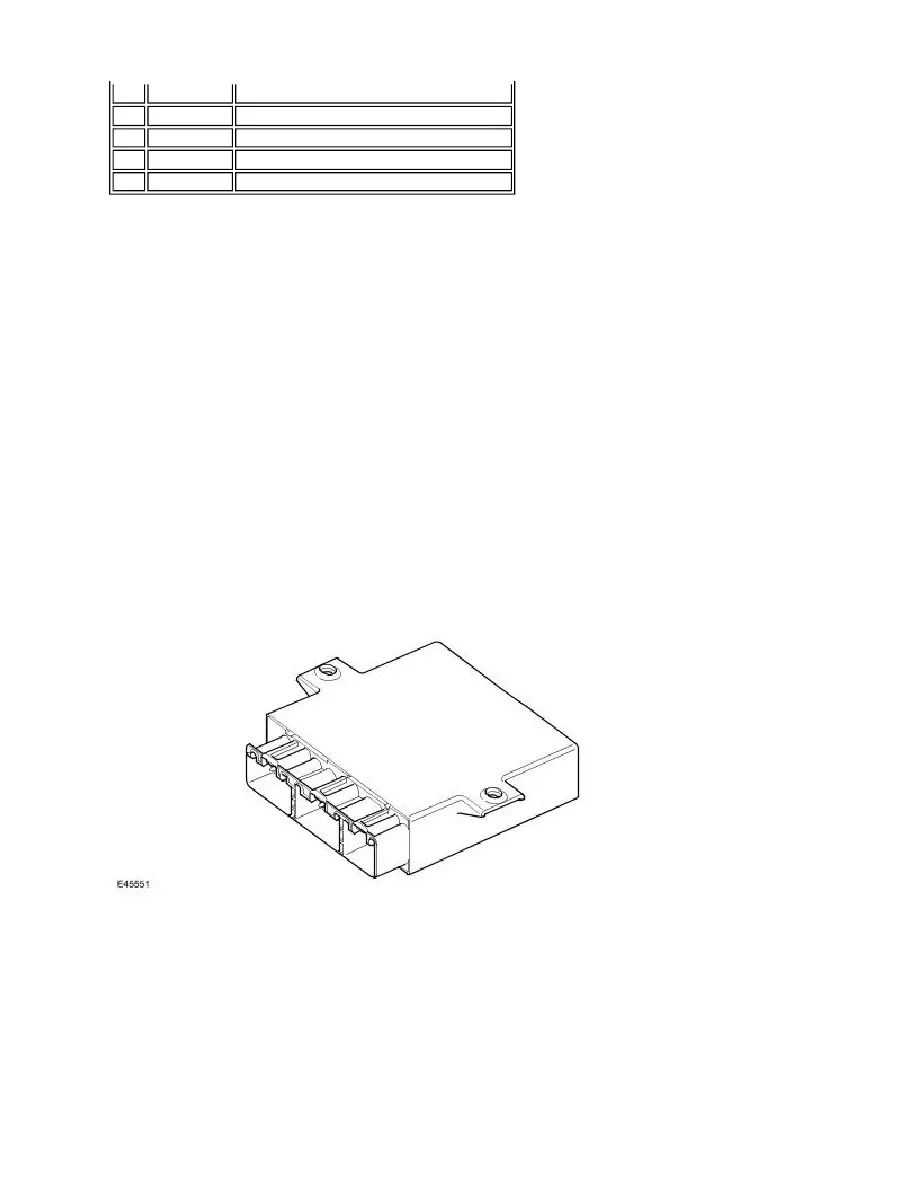LR3/Disco 3

The purpose of the Tire Pressure Monitoring System (TPMS) is to assist the driver in maintaining the vehicle’s tire
pressures at the optimum level in order to:
l
improve fuel consumption
l
maintain ride and handling characteristics
l
reduce the risk of rapid tire deflation – which may be caused by under inflated tires
l
comply with legislation in relevant markets.
The TPMS measures the pressure in each of the tires on the vehicle (including the spare, if required) and issues warnings
to the driver if any of the pressures deviate from defined tolerances.
NOTE:
A single TPMS hardware configuration is used. Two levels of instrument cluster are available; ‘low-line’ with two warning
indicator LEDs and ‘high-line’ with text message center display and one warning indicator LED.
A TPMS fitted with a high-line instrument cluster provides the driver with additional functionality of the identification of tire
position on the vehicle and a more sophisticated driver interface.
TPMS Module
The TPMS module is located above the headlining of the vehicle, mounted directly to the central roof cross-beam, behind
the sunroof. The module is retained in position with two screws which secure into weldnuts on the cross beam. The three
connectors of the module point towards the front of the vehicle.
The TPMS module’s main function is to detect the following:
l
the tire pressure is below the recommended low tolerance value – under inflated tire
l
the tire pressure is below the recommended lower tolerance value – significantly under inflated tire
l
the position of the tire on the vehicle.
The TPMS module also communicates with the vehicle instrument cluster to provide the driver with appropriate warnings
that show the importance of the condition detected and indicate the status/failure of TPMS components.
1
-
Initiator
2
-
Tire pressure sensor
3
-
Instrument cluster
4
-
TPMS module
5
-
TPMS switch (Not available on NAS vehicles)
During a ‘blow out’ a very rapid reduction in pressure is experienced. The system is not intended to warn the driver
of a ‘blow out’, since it is not possible to give the driver sufficient warning that such an event is occurring, due to its
short duration. The design of the TPMS is to assist the driver in keeping the tires at the correct pressure, which will
tend to reduce the likelihood of a tire ‘blow out’ occurring.
